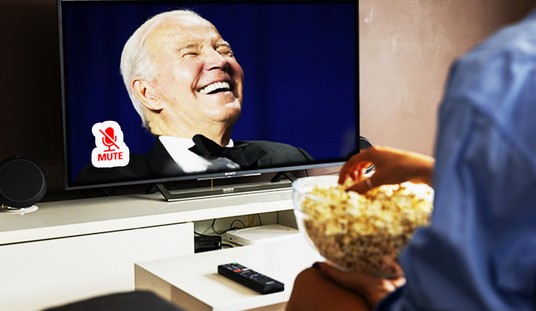
Image via Hatchimals.com
Fellow parents, I’m pleading with you: stop the holiday toy craze madness. Because it is just that—a craze. Mania, insanity, fad, compulsion. All accurate synonyms, none of them with particularly positive connotations.
If you’ve somehow remained blissfully unaware of the latest holiday toy madness, let me catch you up. Hatchimals seem to be the hottest item, a bizarre fuzzy electronic animal that hatches out of an ostrich-sized toy egg that your kid can nurture. They retail for about $60, but are going for three times that on Amazon. The other toy taking the world by storm is Cozmo, an interactive learning robot that is actually pretty darn cute. These guys run a solid price of $179 directly from the manufacturer’s website, www.anki.com, but of course, they are no longer available and can only be found through third parties on Amazon.com— with a price tag upwards of $480.
This current holiday toy season of insanity is not unique in its supply/demand/inflation problem. Maybe you vaguely recall the Cabbage Patch Kid and Teddy Ruxpin phenomena of the 1980s. Or Tickle Me Elmo, Furby, and Tamagotchis in the 1990s. Why were these toys all the rage? I couldn’t tell you. But I do have a theory as to why the toy-buying craze started in the first place. As a child of the ’80s myself, I was the product of a double-income household. Both my parents worked full-time jobs—a deviation from their own childhoods that typically had a working father and what we now refer to as a SAHM. There are plenty of economics experts that can explain exactly why and how the job market shifted, finding more and more parents leaving the rearing of their children to daycare (or, heaven forbid, raising “latchkey kids”). But suffice it to say, the generation of children born in the late ’70s up through the ’90s experienced an unprecedented standard of minimal parental interaction. And for the first time in consumer history, parents could afford to replace their guilt with new, popular toys.
Much of our culture centers around materialism and our excessive desire to acquire and consume material goods. We are enmeshed in this implied value system which regards social status as being determined by affluence. The perception that happiness can be increased through buying, spending and accumulating material wealth starts at a very young age in our country, and only escalates and becomes more extravagant as we age. So it’s no wonder that—both as children and as parents—we have this innate desire to buy things that do seem to make us happier. At least for a time.
I get it, fellow parents. I understand that you want to make the holidays magical for your kids. To see them so excited to be opening presents in anticipation of getting that one thing they’ve waited for all year. Or, well, since they saw a TV commercial or heard their friends talking about it at school. And I get that for some reason we have our self-worth and success as parents tied up in how awesome our kids think we are. Which tends to hit us full force in the month of December every year. Like we are staring the end-of-year marking period right in the face and thinking, “maybe if I can get her to cry actual tears of joy over this year’s craze, it will cancel out all the tears shed battling over spelling and math homework.” But as it turns out, parenting success and failures don’t work that way.
I can safely assure you of this because I’m living it. Three years ago, all my son could talk about was “Skylanders” for our Xbox. And this went on through a birthday and two Christmases. Thankfully for me, I wasn’t battling too many crazed shoppers to get the hottest new games and new characters as they were released. But as I’m writing this, staring at the basket under the television with the miscellaneous electronics in it, I know there are about 25 Skylanders figurines at the bottom among a few half-dead batteries and a remote to a DVD player we no longer own. Forgotten. Outdated. Obsolete. Do I still remember the gleeful “YES!” he shouted as he opened “Skylanders Swap Force,” with the fancy new portal? I do. And in that moment, it was awesome. But does he? That, I’m not sure of. And you know what? That isn’t the deciding factor of my fitness as a parent. He is. My memory of his excitement over the toy is so much more important and precious than the actual toy that is sitting there, gathering dust.
In our society, it’s not practical—or even sane—to completely abandon this idea of materialism. I just don’t think it would hurt to take it down a few notches. So many children crave time and attention from their parents. Maybe instead of spending our time, energy, and money in the ferocious hunt for an elusive toy, we can invest it in our relationships with our children. If your child has a genuine interest in animals (perhaps even some that hatch…), why not get a pass to your local zoo? Or spend that extra money you’d be willing to spend on an electronic toy and spring for a one-on-one animal encounter hosted by a zoologist. And while adorable little coding robots are cool and educational, there are entire museums and science centers where your kids can have hands-on robotics experiences. All while spending time with you.
The psychology behind the holiday toy craze is fascinating. The holiday toy craze itself is horrible. Our kids don’t need more stuff. They need more opportunities to make memories. They need more of us.








Join the conversation as a VIP Member